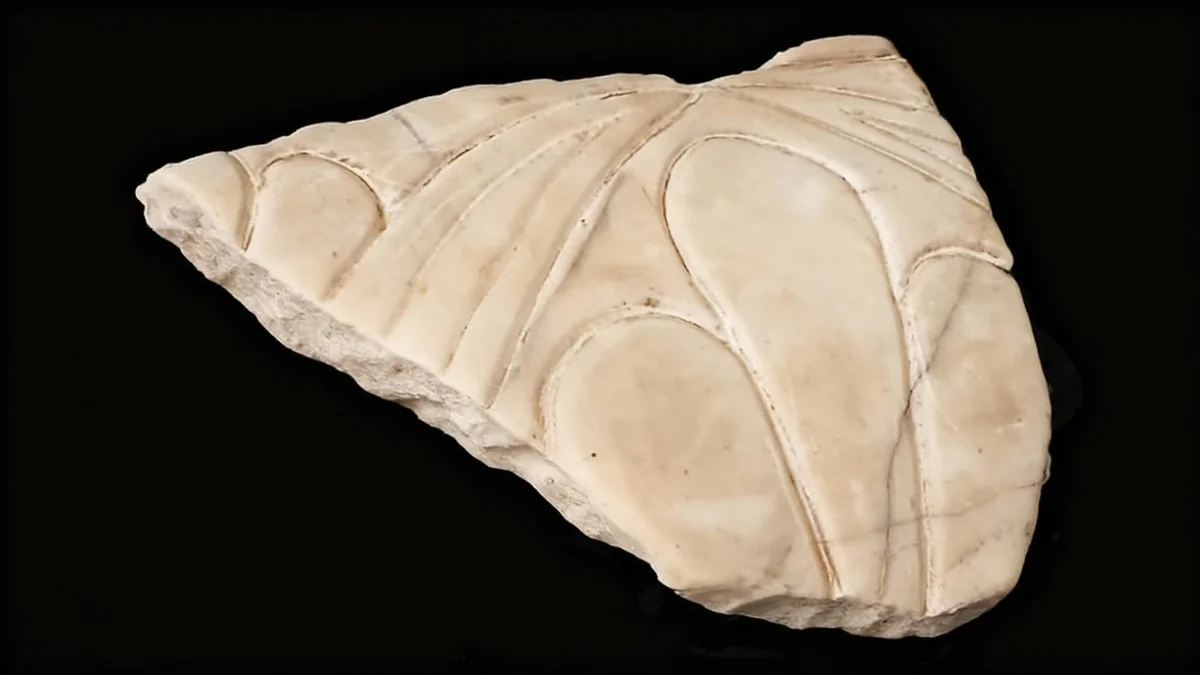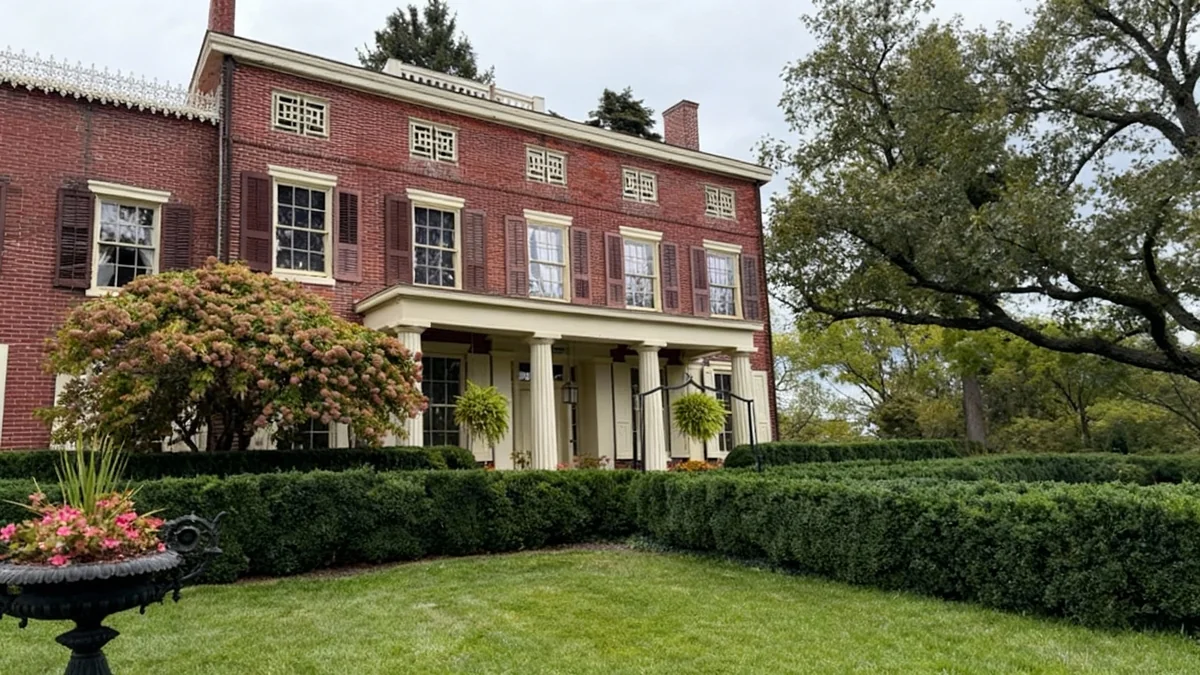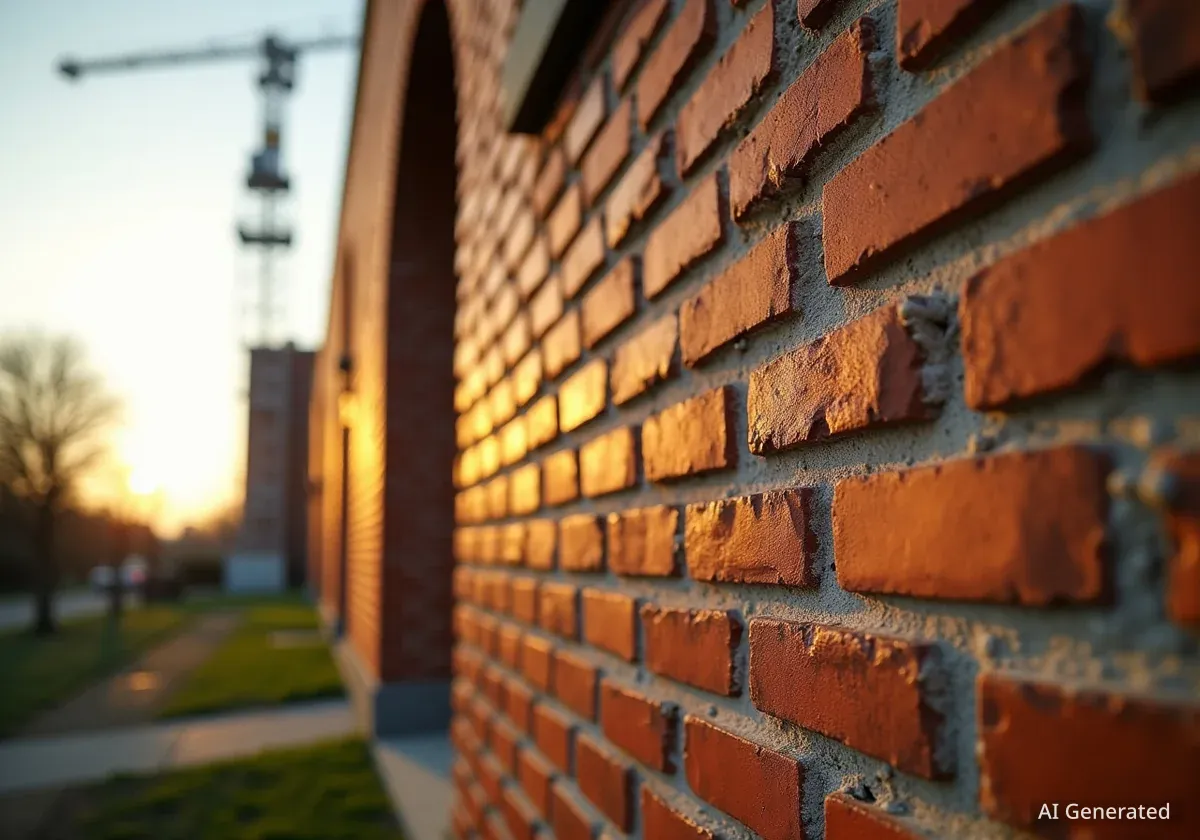While Hawaii is globally renowned for its pristine beaches and luxury resorts, a deeper look reveals a rich tapestry of history woven into the fabric of its small towns. Beyond the bustling tourist centers lie communities that preserve the islands' unique heritage, from paniolo cowboys and sugar plantations to ancient cultural sites.
Exploring these historic districts offers a different kind of Hawaiian vacation, one that connects visitors with the stories and traditions that have shaped the islands. From Maui's upcountry to Kauaʻi's north shore, these towns provide an authentic look at life in Hawaii through the centuries.
Key Takeaways
- Hawaii's history is preserved in numerous small towns across the islands, offering an alternative to traditional beach vacations.
- These towns highlight diverse histories, including ranching, pineapple and sugar plantations, and missionary influence.
- Each island features unique historic districts with preserved architecture, cultural centers, and local businesses.
- Visitors can explore these areas through walking tours, museums, and by visiting significant landmarks.
Maui's Historic Upcountry and County Seat
The island of Maui is home to more than just stunning coastlines. Its inland and central regions contain towns that tell the story of its agricultural and civic past.
Makawao: The Paniolo Town
Nestled on the slopes of the Haleakalā volcano, Makawao is the heart of Maui's paniolo, or Hawaiian cowboy, culture. This tradition dates back to the 19th century when cattle ranching became a significant part of the upcountry economy. The town still celebrates this heritage with the annual Makawao Rodeo, Hawaii's largest paniolo competition, held around the Fourth of July.
The historic town center retains many of its original step-gabled storefronts. These buildings, once serving ranchers and plantation workers, now house a vibrant collection of art galleries, boutiques, and cafes. A walking tour through Makawao reveals the deep-rooted history of this unique community.
Wailuku: A Center of Commerce and Culture
As the county seat of Maui, Wailuku has long been a center for government and commerce. Its historic district is characterized by multi-generational family businesses operating alongside modern shops and eateries. The town's architecture reflects its development in the early 20th century.
The Wailuku Civic Center Historic District is a key area, featuring four government buildings constructed between 1901 and 1931. Two of these, the Wailuku Library and the Territorial Building, were designed by noted Hawaiian architect C.W. Dickey, who blended Mediterranean Revival styles with Hawaiian design elements.
Nearby, the Kaʻahumanu Church, originally built in 1875, stands as a testament to cultural preservation. It played a crucial role in keeping the Hawaiian language alive during a period when its public use was banned. Today, services are still conducted in Hawaiian.
Plantation Histories on Lānaʻi and Kauaʻi
The stories of pineapple and sugar are central to Hawaii's modern history, and several towns owe their existence to these industries.
Lānaʻi City: The Pineapple Capital
At the turn of the 20th century, Lānaʻi City was founded as the hub of the island's burgeoning pineapple industry. At its peak, the island of Lānaʻi was responsible for an incredible 75% of the world's pineapple cultivation. The town was originally built for Dole Plantation employees, and its culture still revolves around the central Dole Park.
While the pineapple fields are gone, the history is celebrated annually at the Pineapple Festival. The Lānaʻi Culture & Heritage Center provides resources for exploring the area's history. For a look into a much older past, the ruins of Kaunolū Village, the largest surviving prehistoric Hawaiian village, are a short drive away.
Near Kaunolū Village, visitors can find the Pōāiwa Petroglyph Trail. This quarter-mile path leads to some of the best-preserved ancient rock carvings in Hawaii, offering a direct link to the island's earliest inhabitants.
Old Kōloa Town: The Birthplace of Sugar
On the island of Kauaʻi, Old Kōloa Town is synonymous with Hawaii's sugar industry. The Old Sugar Mill of Kōloa, founded in 1835, was the first commercially successful large-scale sugar operation in the Hawaiian Islands and is now a National Historic Landmark.
The town's historic district is located along Kōloa Road, where old plantation buildings have been carefully restored and repurposed into shops, galleries, and restaurants. The Kōloa Heritage Trail guides visitors through 14 important historical and geological sites, telling the story of the region's plantation past. A scenic drive through the Tree Tunnel, a stretch of road lined with eucalyptus trees planted over a century ago, serves as a gateway to the district.
Oahu and Kauaʻi's North Shore Gems
The famous North Shores of Oahu and Kauaʻi are known for surfing and dramatic landscapes, but they are also home to historically significant towns.
Haleʻiwa: Surf Culture and Plantation Roots
Located on Oahu's North Shore, Haleʻiwa is a world-famous surfing destination with a laid-back atmosphere. Its historic district reflects its 19th and early 20th-century plantation past. The Waialua Sugar Mill, which operated from 1865 to 1996, was the last of its kind on Oahu. Its buildings have since been repurposed for local businesses.
A unique historical artifact can be found at the Liliʻuokalani Protestant Church. In 1892, Queen Liliʻuokalani gifted the church a clock with the letters of her name instead of numerals. The clock's hands make one full revolution every 16 years.
Today, Haleʻiwa is a hub for art, food trucks, and shops, all existing within the framework of its preserved plantation-era architecture.
Hanalei: Taro Fields and Timeless Beauty
Hanalei Town on Kauaʻi's North Shore is set against a backdrop of lush green mountains. The Hanalei Valley Lookout offers a stunning view of the area's vast taro fields. Known as kalo in Hawaiian, this crop is a staple used to make the traditional dish poi.
The town itself is a designated historic district. A central landmark is the Hanalei Pier, first built in 1892 and made famous by its appearance in the 1957 film South Pacific. The Waiʻoli Mission House offers another window into the island's history, showcasing life during the missionary era.
Hilo: The Big Island's Historic Hub
As the largest town on this list, Hilo serves as a major commercial center on the northeastern side of the Island of Hawaiʻi. Its history is tied to the sugar industry, and its historic downtown district was built around the bay. The original government and commercial buildings now house a variety of museums, galleries, and shops.
Key cultural institutions include:
- The Lyman Museum, which focuses on the island's natural and cultural history.
- The Pacific Tsunami Museum, which educates visitors on the powerful tsunamis that have shaped Hilo's history.
- The ʻImiloa Astronomy Center, a modern architectural landmark with three titanium cones representing the island's three tallest volcanoes: Mauna Kea, Maunaloa, and Hualālai.
Even within this urban center, nature and history are intertwined. The Liliʻuokalani Gardens, a 30-acre Japanese-style garden, offers a peaceful retreat with fishponds, pagodas, and rock gardens.





